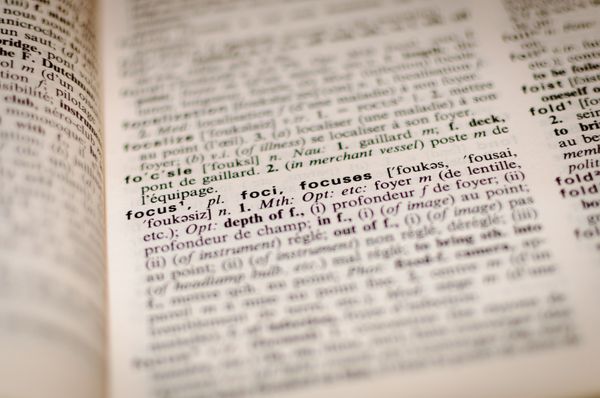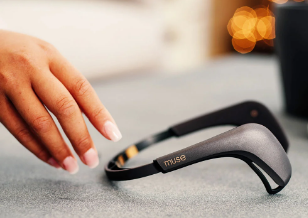How could we use BCIs to read emotions?

“You can never know what another person feels unless you’re in their shoes.” Well, maybe we can. Actually, remove the maybe. We can. How, you may ask? By using Brain-Computer Interfaces, also known as BCIs, we are able to detect many things. Although this has typically been used to move prosthetics, it is also possible for BCIs to detect emotion as well.
So…. What exactly are BCIs?
The goal of Brain-Computer Interfaces is to connect signals from our brains to a computer. We get these signals by using an electroencephalogram, or EEG, that reads electric currents that our brains emit.
How do we measure brainwaves?
An EEG is a noninvasive method for reading the electric signals that our brain produces. Small sensors, called electrodes, are placed on certain areas of your head. The signal is then recorded on a computer screen, hence being able to see the waves. This method is preferable to most since it does not require any implants.
What are the different kinds of brainwaves?
Our brains emit five main types of brainwaves measured in hertz. These types are called Gamma, Beta, Alpha, Theta, and Delta.
- Gamma waves are any wave above 25 Hz, and are associated with memory.
- Beta waves correspond to active thinking and exist between 13 and 25 Hz.
- Alpha waves range from 8 to 12 Hz, and represent day to day movements.
- Theta and Delta waves both occur during sleep, and range from 4 to 7 Hz and 1–3 Hz, respectively. Theta, however, can also be detected with meditation.

QUICK: Study Breakdown
How does this specifically apply to emotion? A study from 2016 was able to differentiate between happy and sad emotions.
- When detecting emotion, brainwaves are active on four lobes of the brain
- Generally, Alpha waves in the frontal lobe become more apparent with happiness. Vice versa, the signal lessens when the person is sad.
- Similarly, Gamma and Beta waves were most significant in tracking emotion in the parietal band
Why is being able to read emotion important/what can it solve?
While some people already use BCIs to help improve meditation, it can also be used to potentially help diagnose depression, anxiety, and other mood disorders more accurately and efficiently. Now wouldn’t that be nice?
Not only can it help diagnose mood disorders, but it could also help treat them, too! For example, if someone is in a negative mood, the headset could detect that and start playing happier music.
But wait! There’s more! According to this study, detecting emotion through brain-computer interfaces could help people who are non-verbal or those with face paralysis convey their feelings easier, thus improving their quality of life.
What about day to day things? Being able to detect emotions can help many people, but it can also be a fun thing to play around with. Imagine being able to share your feelings over text, or even in a videogame that changes based on your emotions! No more rage quitting! Now that’s fun!
Key Takeaways
- EEGs read the electric signals that our brain produces by using sensors called electrodes.
- The different kinds of brainwaves are Delta, Theta, Alpha, Beta, and Gamma.
- Emotion can be detected by watching Gamma/Beta waves from the parietal band, as well as Alpha waves in the frontal lobe.
- Emotion detection could help those with depression, anxiety, ADHD, and those who can’t speak.
- Emotion detection could also be used day to day in texts and games.
Check back for more updates as I share what I learn about BCIs! :-)
This was originally posted in Medium. You can read it here.


